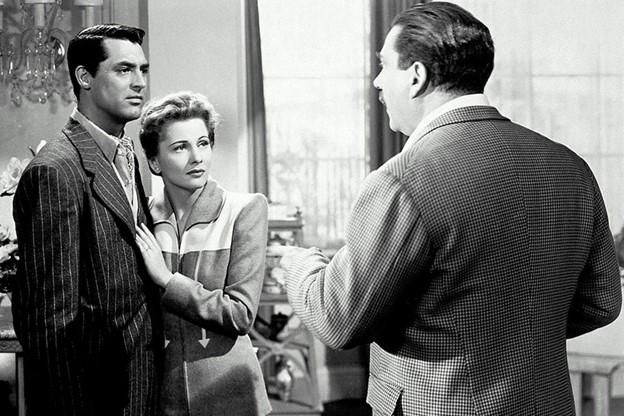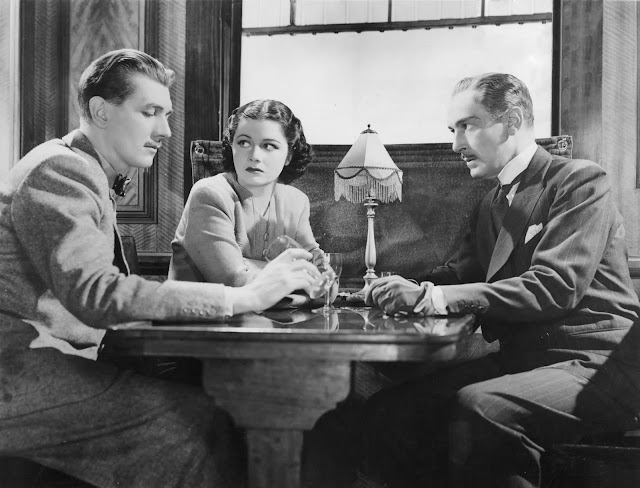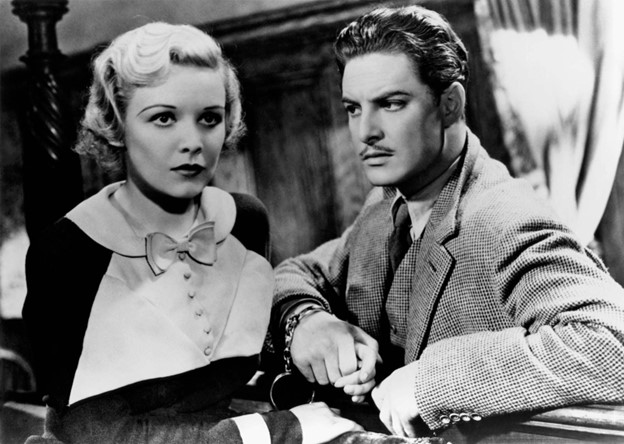Suspicion (1941)

Alfred Hitchcock's "Suspicion" After the success of his first American productions, " Rebecca " and " Foreign Correspondent ," Alfred Hitchcock made a film that he would consider one of his most disappointing experiences. Based on the novel " Before the Fact " by Francis Illes, " Suspicion " was an attempt for Hitchcock to make a film about the point of view of a murder victim. The film tells the story of a woman, played by Joan Fontaine, who marries a charming playboy believing him to be rich and successful. Soon, however, she finds out that he is not only NOT rich, but a chronic gambler and dishonest. Eventually, she begins to suspect that he may, in fact, murder her. However, by the end of the film, as insisted upon by RKO Studios, she learns that she was entirely wrong about his intentions. The studio wished to change the ending because they did not want Cary Grant, at the height of his leading man persona, to now be associa




